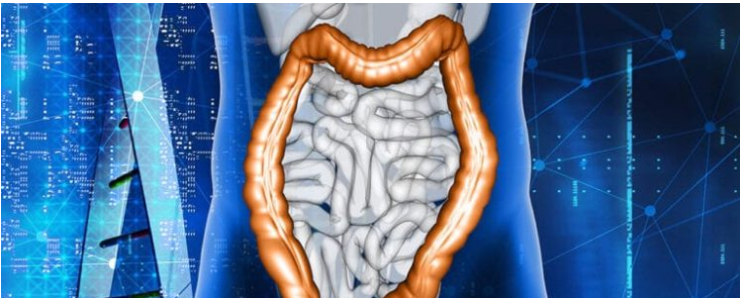Journey Through the Gut: Understanding the Gastrointestinal Tract
The gastrointestinal tract, often referred to as the GI tract or digestive system, is a complex and intricately designed network of organs responsible for the essential functions of digestion, absorption, and nutrient assimilation within the human body. This article takes you on a journey through the various components of the gastrointestinal tract, shedding light on its vital role in maintaining overall health.
-
Anatomy of the Gastrointestinal Tract: A Holistic Overview
The gastrointestinal tract spans from the mouth to the anus and can be divided into several distinct segments. These include the mouth, esophagus, stomach, small intestine, large intestine (colon), rectum, and anus. Each segment plays a specific role in the digestive process, working collaboratively to break down food into absorbable nutrients.
-
The Mouth: Where Digestion Begins
Digestion initiates in the mouth, where the process of mastication (chewing) breaks down food into smaller particles. Salivary glands release enzymes like amylase, initiating the breakdown of carbohydrates. The tongue assists in forming a bolus, a ball of chewed food that is then swallowed.
-
Esophagus: The Transporter of Boluses
The esophagus acts as a conduit, transporting the bolus from the mouth to the stomach through a series of coordinated muscle contractions known as peristalsis. During this journey, the lower esophageal sphincter prevents the backflow of stomach contents into the esophagus.
-
Stomach: The Gastric Workshop
Upon reaching the stomach, the partially digested bolus encounters gastric juices containing hydrochloric acid and digestive enzymes. This acidic environment further breaks down food into a semi-liquid substance called chyme. The stomach also plays a role in absorbing certain substances, such as alcohol and medications.
-
Small Intestine: Absorption Central
The majority of nutrient absorption occurs in the small intestine. Divided into three parts—duodenum, jejunum, and ileum—the small intestine absorbs essential nutrients, including carbohydrates, proteins, fats, vitamins, and minerals. Specialized structures called villi and microvilli increase the absorptive surface area.
-
Large Intestine (Colon): Water and Electrolyte Balance
The remaining indigestible material, now referred to as feces, enters the large intestine. Here, water and electrolytes are reabsorbed, forming more solid feces. Beneficial bacteria in the colon contribute to the breakdown of undigested food, producing gases and certain vitamins in the process.
-
Rectum and Anus: The Final Stages
The rectum stores feces until it is ready to be expelled through the anus during the process of defecation. This final stage of the digestive journey completes the gastrointestinal tract’s role in the absorption of nutrients and elimination of waste.
-
The Gut Microbiome: A Microbial Symphony
Beyond its mechanical and enzymatic functions, the gastrointestinal tract hosts a diverse community of microorganisms known as the gut microbiome. This dynamic ecosystem contributes to digestion, immune function, and the synthesis of certain vitamins, emphasizing the symbiotic relationship between humans and their microbial inhabitants.
Conclusion: The Gastrointestinal Tract – A Symphony of Digestion
The gastrointestinal tract is a symphony of coordinated movements, enzymatic processes, and microbial interactions, orchestrating the complex dance of digestion and nutrient absorption. Understanding the intricacies of this remarkable system not only sheds light on the body’s capacity to nourish itself but also underscores the importance of maintaining digestive health for overall well-being. As we navigate the journey through the gut, we gain a deeper appreciation for the marvel that is the gastrointestinal tract and its pivotal role in sustaining life and vitality.

